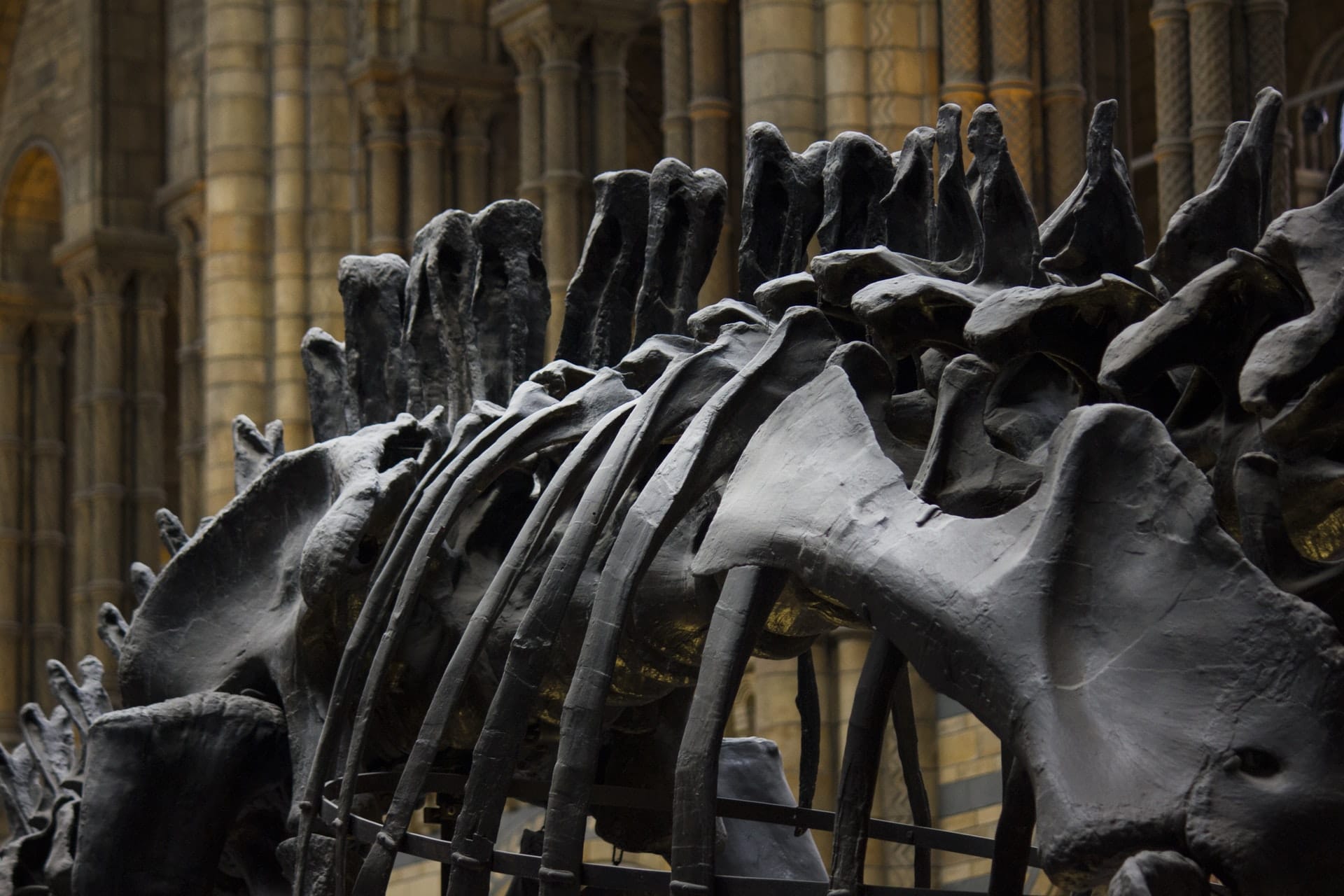
The planet we live on Earth is over 4500 billion years old and after all these years it is not surprising that living beings have had to suffer events in which their lives were on the verge of disappearing.
nature is everything compared to us and it is this that, through various events, you can already be intrinsic to the Earth as by devastating astronomical phenomena, it is the responsible for some of the mass extinctions we know today.
These extinctions that we are going to talk about in this publication, are the cause of death and disappearance of a large number of species, even reaching almost end life on the planet.
In this article, we are going to start a journey through history to discover what they are, the causes and the consequences of some of the most remembered mass extinctions today.
What are mass extinctions?
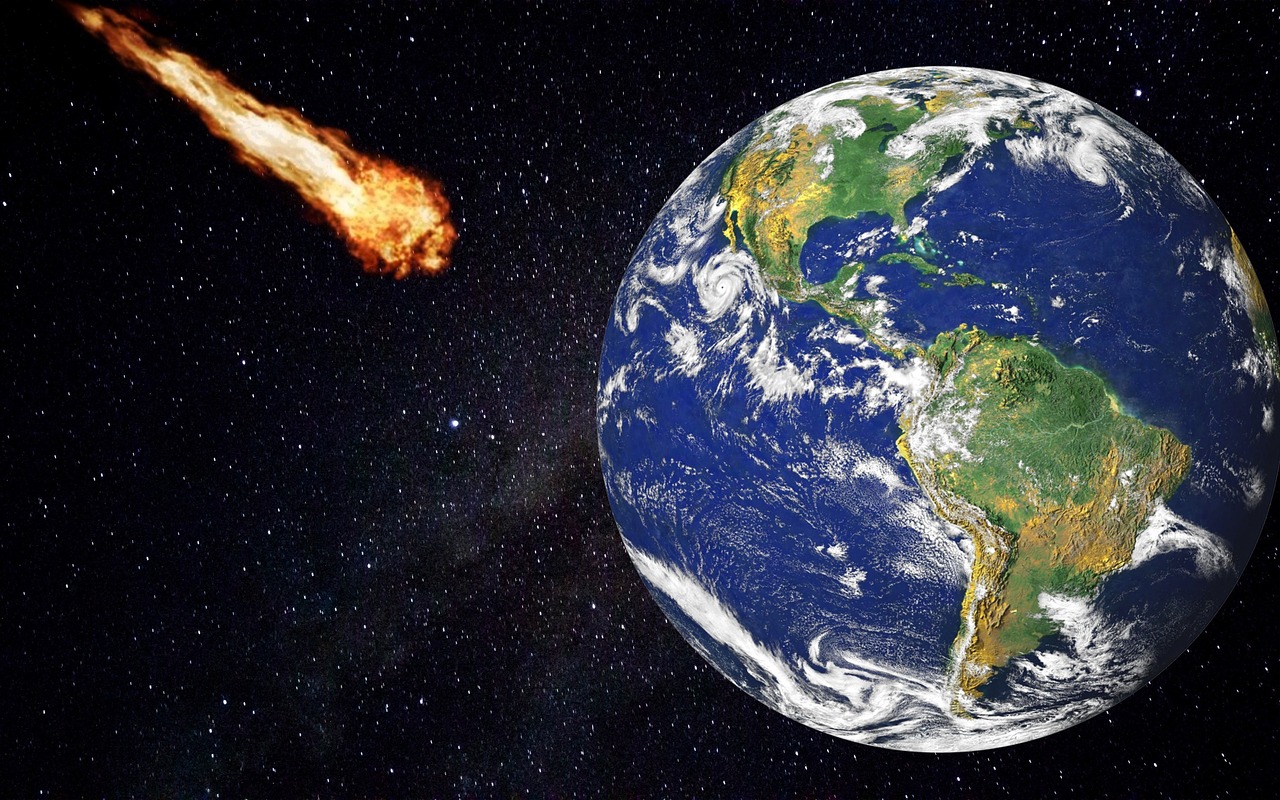
To begin to understand everything that surrounds these events, the first thing we must know is what are mass extinctions
This phenomenon we're talking about occurs naturally and culminates in the death and disappearance of a large number of species. An extinction is considered to be massive when at least 10% of the species disappear over the course of a year or when more than 50% do so in a period of between one and three million years.
There are many professionals in the sector who warn that we may be on the verge of a new extinction since it is we human beings who are causing damage to the survival of other living beings.
We can see these damages that we are talking about in the environmental impact we are causing, which are horrible. But more devastating forces of nature are needed to reach the point of mass extinction.
According to many studies of life on Earth, it has gone through at least five periods of mass extinctions throughout one of the four eons into which life on the planet is divided, the Phanerozoic Eon.
Each of these five mass extinctions, occurred at a certain time in Earth's history. The causes were different in each one, as well as the degree of devastation and the subsequent consequences.
What are the five great mass extinctions?
When we are clear about what mass extinctions consist of, we are going to address what were the mass extinctions that have occurred throughout history.
Ordovician – Silurian
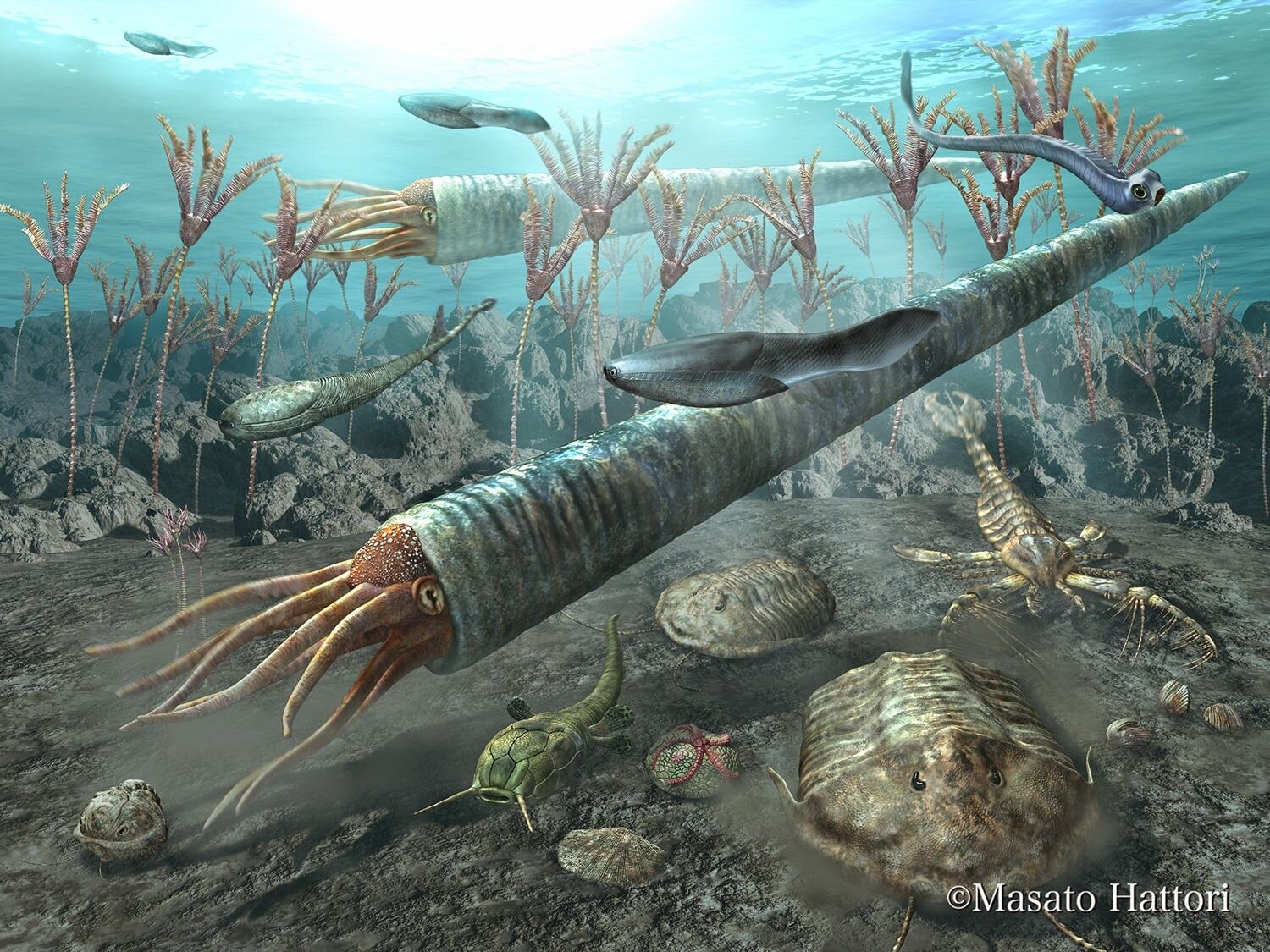
Source: https://twitter.com/marinelifeproj/
We discussed the first known mass extinction, we must go back to the stage of the Ordovician Period more than 480 million years ago.
In this historical stage on planet Earth, life only existed in the sea, all complex organisms lived in that environment. This life was limited to beings such as bivalve molluscs, cephalopods, graptolites, brachiopods, bryozoans, among others.
It is not known for sure what caused this mass extinction., but the most accepted theory is that a gamma ray hit the Earth's atmospheric layer, destroying it, which caused ultraviolet rays to enter without any barrier.
Esto caused the disappearance of plankton, phytoplankton and some of the living beings who lived in them due to food shortages. Also, we must add the death of eggs and larvae by ultraviolet rays and heating. All this caused the currents to stop so that the nutrients were not distributed by the sea and did not reach the other beings.
After all this, there was a great glaciation. This first extinction arose from the impact of gamma rays at the beginning of an ice age. It affected many of the areas in which most of the organisms mentioned above lived.
glaciation, arises from tectonic plate movements that cause the Gondwana supercontinent to creep up to the South Pole. This led to the formation of endless glaciers on the earth's surface, so that the levels of the oceans decreased as large amounts of water solidified.
The changes in sea currents underwent important changes, which affected the oxygenation of the seas and the circulation of food. This led to many species beginning to disappear very quickly.
The few species that managed to survive, had to adapt to new conditions, but later, they suffered a second mass extinction at the end of the ice age that we are talking about.
The supercontinent again moved to the south, which caused the melting of glaciers and a rise in sea level. These changes in the sea caused the death and disappearance of 85% of the species.
Devonian–Carboniferous
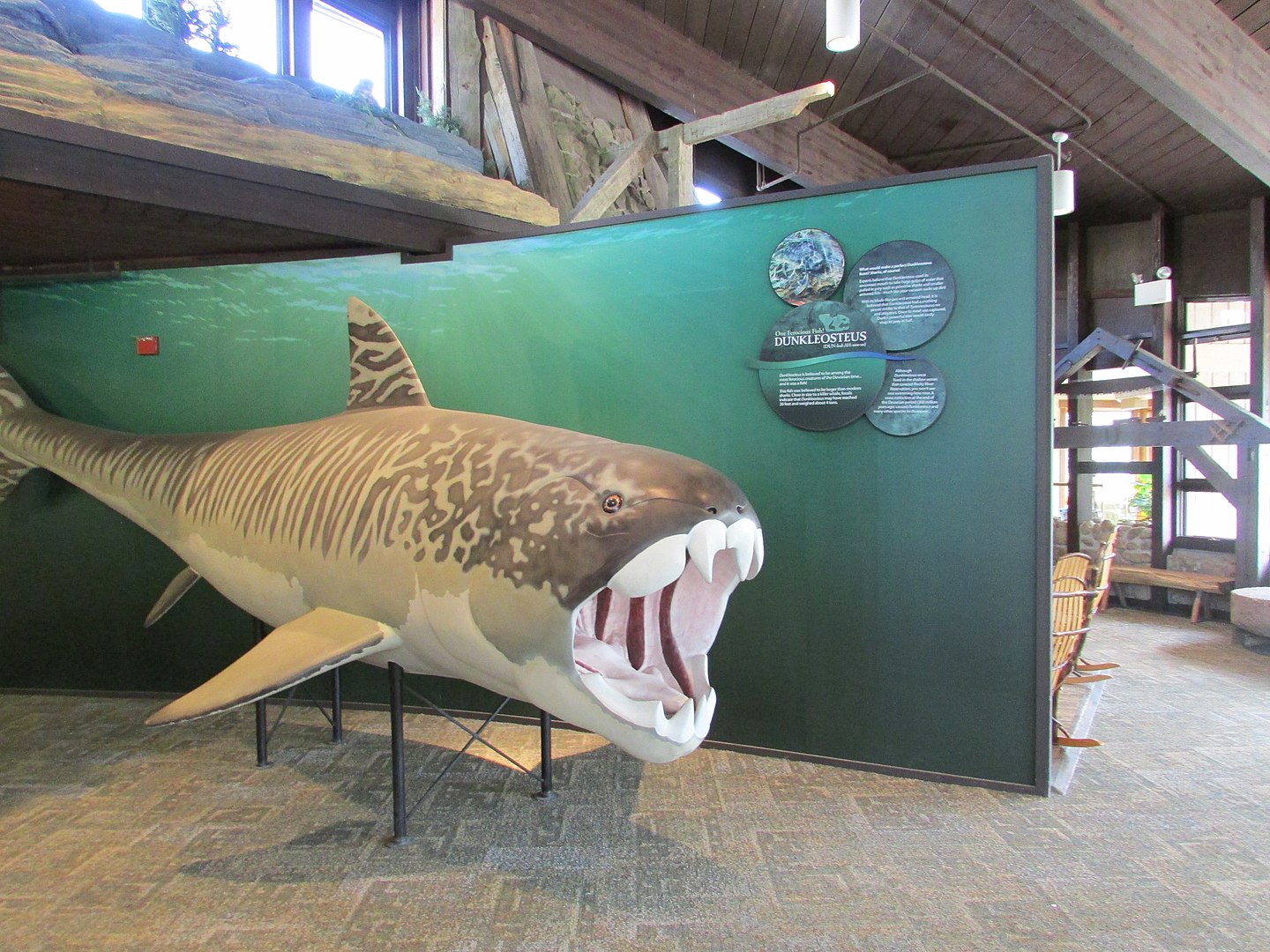
Source: https://es.wikipedia.org/
After the mass extinction of the previous stage, life managed to recover and be reborn, plants first emerged and later arthropods. This period It begins approximately 419 million years ago, after the Silurian period.
This second mass extinction, affected mainly marine species, reefs and other organisms living in the aquatic environment such as fish, cephalopods, sponges, etc.
La global cooling theory, is the most accepted by professionals to explain the causes of this extinction. The waters of the oceans suffer a cooling which causes, over 3 million years, the disappearance of about 82% of the species that existed at this time.
Permian–Triassic
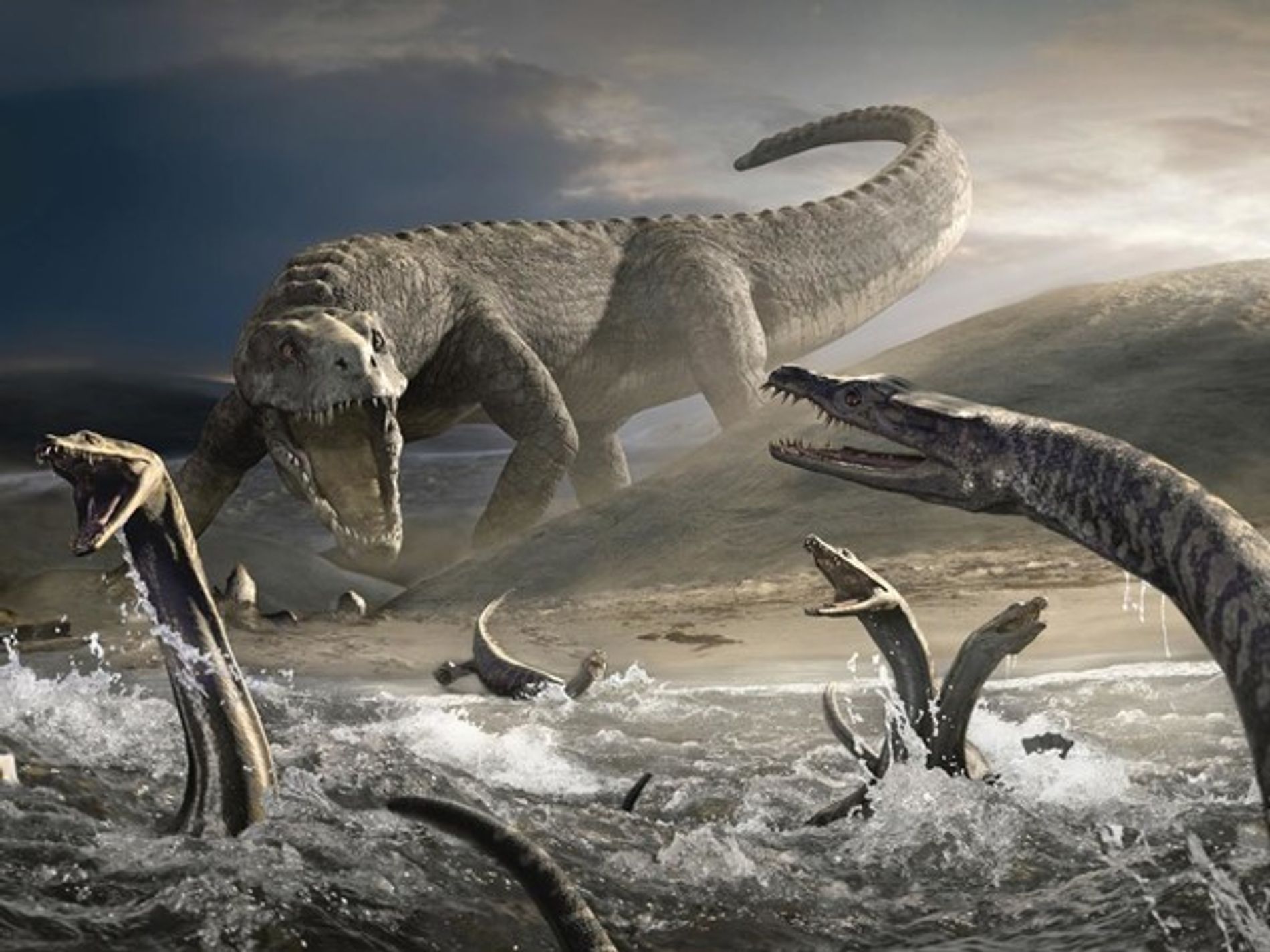
Source: https://www.nationalgeographic.es/
Approximately 250 million years ago, hostile conditions occurred on Earth that led to the worst mass extinction known to date. Professionals estimate that about 95% of marine species and 75% of terrestrial life became extinct.
In this period, land areas began to grow, expand and diversify. Geologists suspect that this mass extinction was caused by intense volcanic activity and the subsequent emission of methane into the sea.
Over the years and with the help of fossil remains, a group of researchers has reconstructed the events and apparently it was not the emission of methane that caused this disaster, but the large magma releases. This led to global warming, and a chain of catastrophes that turned the planet into a desert place.
This achievement of events that occurred over a million years explains why about 95% of the species that inhabited the Earth disappeared.
Triassic – Jurassic
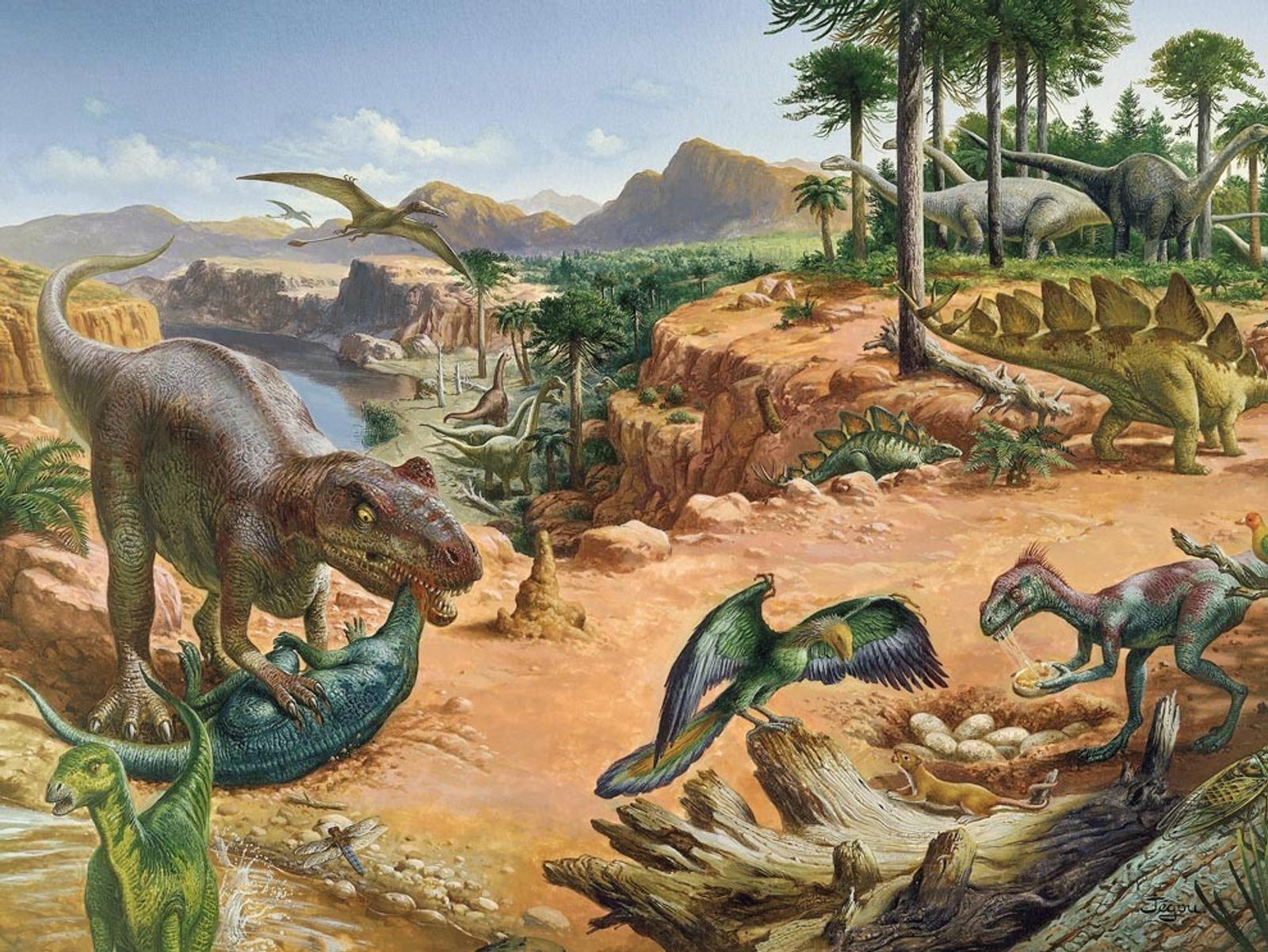
Source: https://www.nationalgeographic.es/
As has happened after a great mass extinction, life clings and recovers within the possibilities. This fourth extinction occurs about 200 million years ago at the end of the Triassic Period stage and marks the beginning of the Jurassic Period.
In this period, different mammals and dinosaurs thrive and establish themselves as the dominant species of the planet at that time.
The life of these wonderful beings would end with a fourth mass extinction. Pangea was already a single supercontinent, but it begins to fragment and divide into the continents we know today.
This process causes climatic changes that together with the intense activity of volcanoes and the impact of meteorites, led to many species disappearing. There are several different hypotheses about what really caused this extinction, and all of them end up believing that it was a sequence of events.
They came to disappear about 76% of species of living beings that inhabited the earth in the course of a million years.
Cretaceous – Tertiary

Source: https://www.lavanguardia.com/ciencia
It is also known as the Cretaceous-Paleogene and it was a period of mass extinctions of species that occurred about 66 million years ago. At this stage of Earth's life, species of large dinosaurs emerge, who become the undisputed owners of the planet.
As we have mentioned, approximately 66 million years ago, a large meteorite hits the earth and from there begins a new extinction in history.
This extinction is responsible for the disappearance of various species from the earth and all of the dinosaurs. The exact duration of this extinction is not known, but what were the devastating consequences of the meteorite impact.
One of the most negative causes is that this impact created a cloud of dust that settled in the atmospheric layer. This what caused, is that the sunlight did not enter so the plants could not develop if they could not do photosynthesis. In addition to this, the amounts of CO2 and oxygen were disrupted.
All this, triggered in a series of negative consequences for the species that managed to survive. Herbivores had no plants to feed on and carnivores had no food either. So practically no being that lived in the terrestrial zone managed to survive.
As we have been able to verify in each of these 5 periods of mass extinctions, the living beings that inhabited the earth were very fragile. But life managed to recompose itself and period after period arose from nothing and managed to create new species.